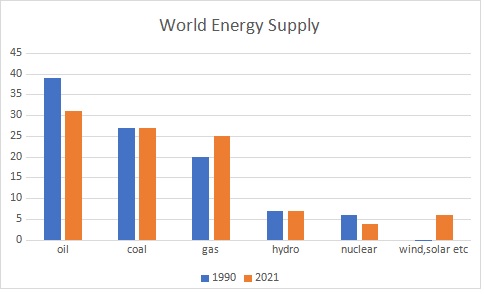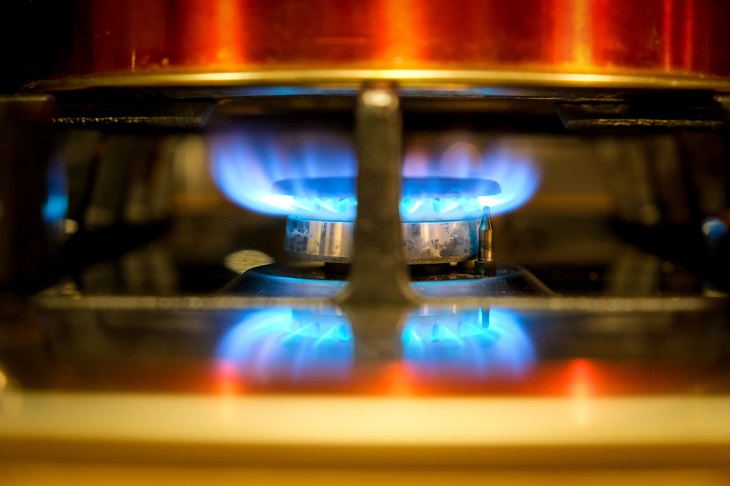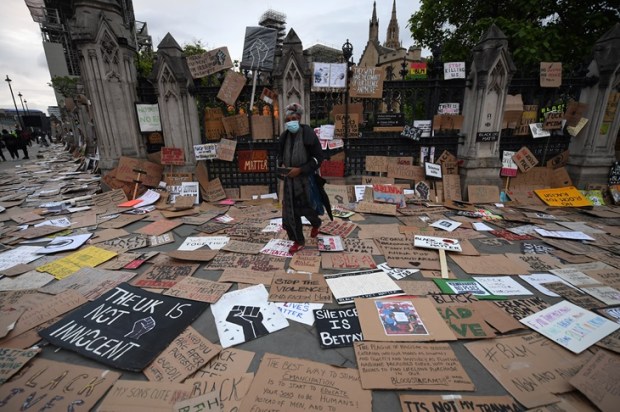Gas has had a boomerang trajectory through green misanthropists’ ‘lexicon of evil’.
In 1990, at the dawn of climate alarmism, it was welcomed as a bridge to the zero-carbon fantasy that was to avert a fruitless search for a ‘Planet B’ – billed as the only alternative to decarbonising. Per unit of energy, gas, after all, has only half the carbon dioxide emissions of coal.
But a political Group-Think by all major Western leaders (post-Trump) favours net neutral emissions of carbon dioxide and other greenhouse gases between 2030 and 2050. This has raised the ambition of the leading cadres and is impacting on politicians. New vistas for closing off the use of hydrocarbons are being probed. Gas has become no longer half-way acceptable.
Former Socialist International leader, now UN Secretary-General, Antonio Guterres led the charge, progressively amping-up his bombastic hyperbolic attacks on oil and gas. In August 2022, he said the industry was responsible for putting the world on a ‘highway to hell’. The future, according to the idealistic central planners now dominant in first world nations, must be even more forcibly made for wind and solar and eventually ‘green’ hydrogen extracted from water.
We have now had 30 years of agit-prop, and subsidies to the new renewables (wind, solar etc.) together with regulatory excoriation of hydrocarbons (gas, coal, oil) and nuclear. This has seen the wind and solar share of energy rise from near zero to 6 per cent and hydrocarbons reduced from 86 to 83 per cent, within which gas’s share has risen.

Our world in data
The rise in gas as an energy source is partly because it faced less of the obloquy to its electricity generating role than coal, partly because of new discoveries in Russia and partly because of US-pioneered technological advances in fracking and other recovery methods.
Economy-wrecking agendas to eliminate the oil and gas industry included banning the internal combustion engine for land sea and air transport, green steel and aluminium, and the elimination of plastics together with a famine-inducing return to natural fertilisers. Inevitably, rampant green ideologues have turned their guns on the use of gas.
The UK was a leader when, in 2020, it announced a ban on gas boilers in favour of ‘Low-Carbon Heating Systems such as heat pumps’ from 2025. A proposal to phase out gas for cooking has, however, hit headwinds.
The EU is edging towards a ban on ovens egged on by the green campaigning International Energy Agency. Germany has been a pacesetter but now shows signs of political dissension. In a potential coalition splitting disagreement, the supposedly libertarian Free Democrats arcing up against climate action required by its partners mandating that heat pumps replace gas boilers.
Last year California (surprise!) became the first US state to announce a ban on gas space and water heaters from 2030 but New York beat it to the punch with a ban announced in April this year that will come into effect between 2026 and 2029. Some fightback is evident with a bipartisan resolution in the House of Representatives to prevent regulations that would ban gas stoves.
Australia was on the anti-gas bandwagon from the get-go. Last year a Victorian parliamentary inquiry recommended a ban on all gas connections to new housing developments but the ACT has jumped in first in banning all new gas connections. Australia’s Labor government-financed ‘think-tank’, the Grattan Institute, has joined other green-left institutions in promoting a ban on gas appliances.
At least outside of the US, all but a small minority of politicians are promoting Net Zero and seeking ways by which inherently high-cost low-reliability wind and solar can be made to prevail over reliable low-cost hydrocarbons-based generation.
The task is impossible. Even the hand-picked advisers that politicians have appointed to create the green electricity supply to which they are become wedded are starting to point this out. The Australian Energy Market Operator, in its Integrated System Plan, suggests the system will need nine times today’s large-scale renewable generation with energy storage capacity increasing by a factor of 30 by 2050. Such figures are fantasies but they understate the task by exaggerating the energy efficiency of wind and solar and do not even include increased electricity supply needed to form a widespread replacement of gas by electricity.
But national resources are increasingly being diverted into trying to achieve the goal, the latest being a further $20 billion being given to the government green bank (the CEFC) to put renewable transition back on track. Australia’s energy policy is bringing disastrous economic outcomes but will these culminate in a collapse or just bring gradual descent into self-imposed poverty?
Got something to add? Join the discussion and comment below.
Get 10 issues for just $10
Subscribe to The Spectator Australia today for the next 10 magazine issues, plus full online access, for just $10.


























Comments
Don't miss out
Join the conversation with other Spectator Australia readers. Subscribe to leave a comment.
SUBSCRIBEAlready a subscriber? Log in